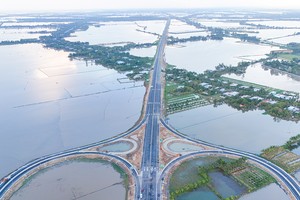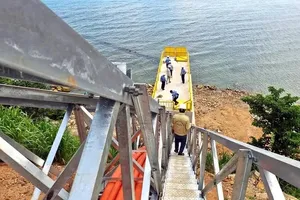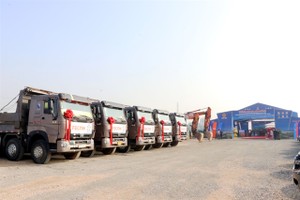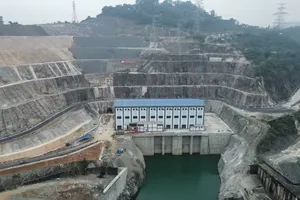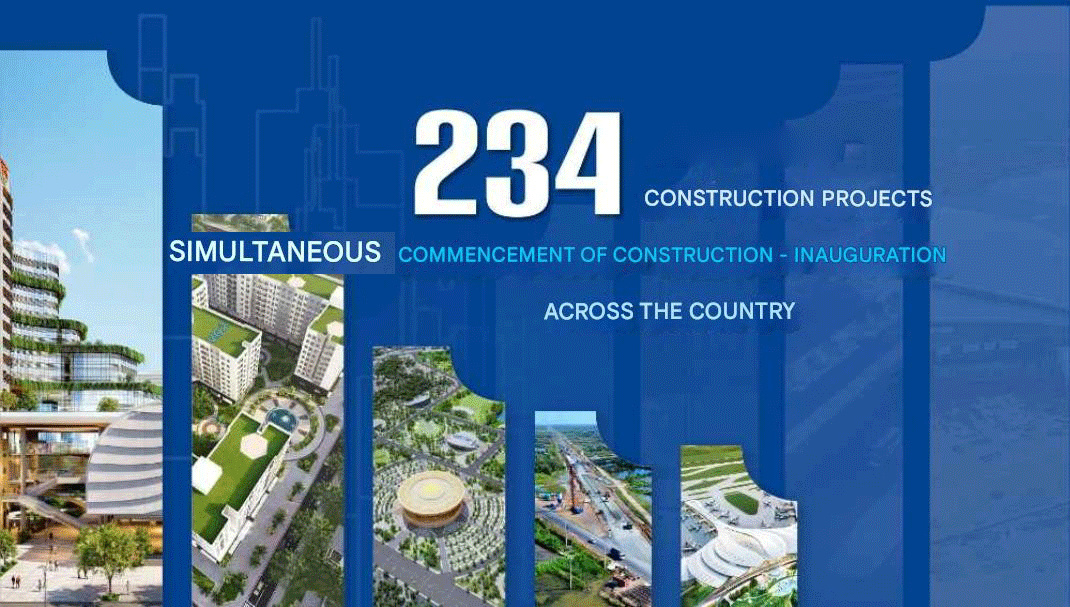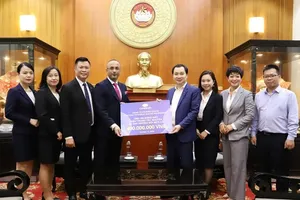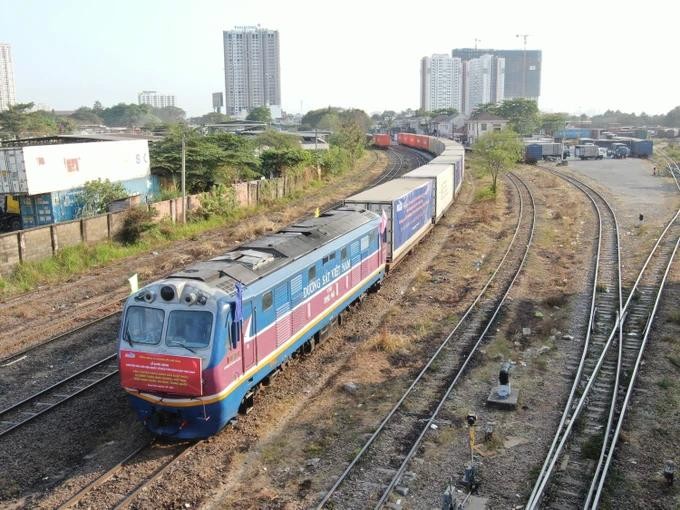
Accordingly, from now until 2030, the total investment capital for transport infrastructure will reach more than US$208 billion and by 2050 about $378 billion will be needed. In the structure of total investment capital, the railway sector is given special priority, with a total investment capital of about $151.2 billion by 2030 (including urban railways). By 2050, this figure will be about $312 billion. That means railways account for 70 - 80 percent of investment capital for the entire national transport infrastructure in the coming period.
The above figures show that the railways sector has received special attention in recent years. Between 2010 and 2020, the railway sector received only about 3 percent of the total capital allocated to the transport sector. However, in recent times, this investment proportion has risen to over 4 percent.
Despite these improvements, the national railway system still faces challenges. It consists of seven existing lines with a total length of over 2,440 kilometers, predominantly single-track and 1,000mm gauge, with a technical system that is uneven and lacks synchronization, complicating efforts to enhance speed. Notably, the primary North-South railway line is burdened with hundreds of old bridges and tunnels, inadequate load capacities, over 3,000 level crossings and pedestrian paths, and a majority of locomotives and carriages aged more than 30 years.
Vietnam aims to develop a new, modern, and highly connected railway network through a breakthrough investment plan. The focus will be on constructing the North-South high-speed railway line, which will serve as the backbone of the economy.
Additionally, there will be an acceleration in the construction of urban railway lines in Hanoi and Ho Chi Minh City, which will connect with the high-speed railway line to create a convenient passenger transport network across the country.
The plan also includes the construction of 16 new national railway lines by 2030, covering a total length of 4,802km. Notable lines include the Ho Chi Minh City - Can Tho and Ho Chi Minh City - Loc Ninh railway lines. By 2050, the goal is to have 25 new railway lines spanning a total length of 6,354km. These lines will provide connectivity to important seaports, airports, and the regional and global railway network via the Trans-Asia railway line.
The Government, along with the transport sector, has prioritized the railway sector as a key component in the strategy to enhance the national transport network. This focus is crucial for achieving significant objectives set for the period leading up to 2030 and the vision for 2050, which include lowering logistics costs, boosting economic competitiveness, alleviating traffic congestion and accidents, reducing emissions in transportation, and advancing towards a green economy.
The next challenge lies in developing a comprehensive roadmap and securing the necessary capital for railway investments. This includes not only revising and enhancing the legal framework but also reforming administrative processes to improve the investment climate.
Additionally, it is essential to establish mechanisms that promote decentralization and empower local authorities, reassess investment planning, and prioritize budget allocations for projects that face challenges in attracting funding. The Ministry of Transport should promptly release and publicize a list of railway projects to inform and engage potential domestic and international investors.
The amended draft Railway Law will undergo review and approval by the National Assembly at the 9th and 10th sessions in 2025, as per the 2025 law and ordinance development program. This development will provide a crucial foundation for the railway sector to achieve significant progress in the near future.



